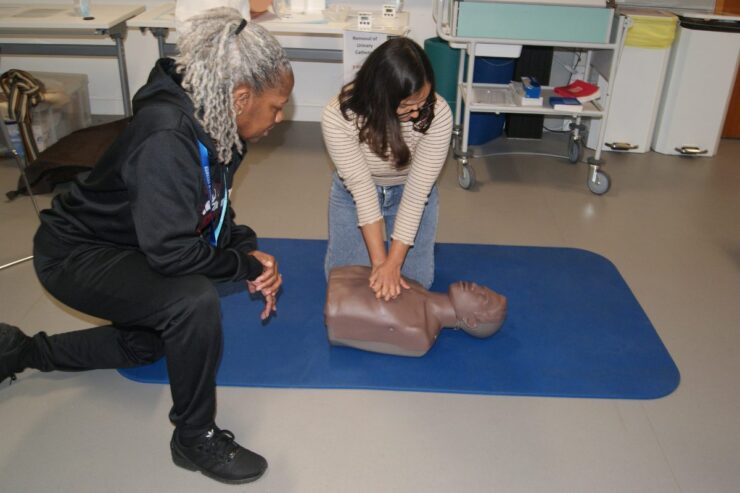Cardiopulmonary Resuscitation (CPR), a lifesaving technique that has become a fundamental skill taught across the globe, saw its modern inception in the tumultuous era of the 1960s. It was a time marked by scientific breakthroughs and a surge in medical research, setting the perfect stage for the advancement of emergency medicine. Dr. James Jude, Dr. Peter Safar, and Dr. William Kouwenhoven are widely recognized as the pioneering trio responsible for the development of the first modern CPR method, which ingeniously combined chest compressions with artificial ventilation.
The journey towards this revolutionary technique began in the late 1950s. Dr. James Elam was the first to promote the rescue breathing method, penning an instructional booklet titled “Rescue Breathing” in 1959, marking a pivotal point in the dissemination of knowledge that would soon evolve into CPR as we know it today.
The Evolution of Technique

The concept did not materialize out of thin air; rather, it was the culmination of previous practices and insights into the human body’s response to resuscitation efforts. In 1960, Kouwenhoven and his team published a paper on heart massage via chest compressions, illustrating the effectiveness of the external force in reviving the heart’s rhythm, a discovery that would later become a cornerstone of CPR & first aid. The following year, in 1961, Peter Safar presented a comprehensive approach that included opening the airway, coupled with rescue breaths and chest compressions, further solidifying the technique’s vital role in emergency medical response.
This trio’s work set the stage for the first formal guidelines, which were introduced in 1966. These guidelines were the blueprint that would standardize techniques and training, ensuring that the procedure could be taught and applied consistently across various emergency scenarios.
Training and Spread of CPR

The rapid development of CPR in the 1960s opened the doors to widespread training and knowledge dissemination. Recognizing the importance of this life-saving technique, various organizations took a pivotal role by developing the first formal CPR training course for medical professionals in 1972. This initiative was instrumental in equipping healthcare providers with the skills necessary to respond to cardiac emergencies effectively.
The Global Impact of CPR Advancements

The ripple effect of modern CPR’s invention is immeasurable, spanning across continents and cultures. It has galvanized a global movement towards community health empowerment, with countless individuals trained to provide immediate assistance in life-threatening situations. The widespread adoption has not only bolstered emergency responses but also fostered a sense of camaraderie and preparedness within communities.
Conclusion

In conclusion, the advent of modern CPR in the 1960s is a testament to the relentless pursuit of medical innovation aimed at saving lives. The collaborative efforts of Drs. Jude, Safar, Kouwenhoven, and Elam laid a foundation that transformed emergency medical response. The subsequent establishment of formal training programs by various organizations has been instrumental in propagating these life-saving techniques far and wide. As a result, CPR has become an invaluable tool, with the power to provide a critical bridge between sudden cardiac arrest and advanced medical care. The legacy of CPR’s inventors lives on with each life saved, a tribute to the enduring impact of their pioneering work.
